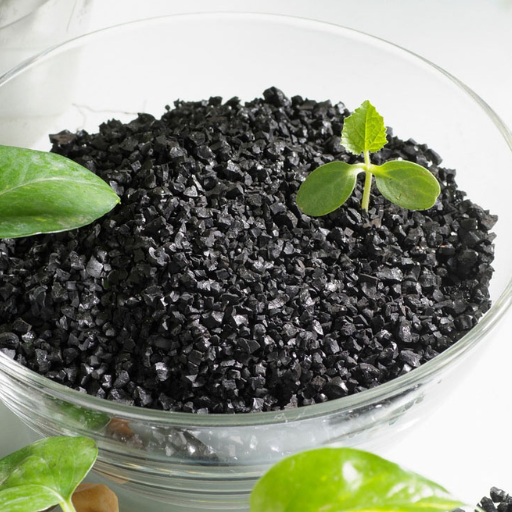To improve plant health and productivity, many gardeners and farmers always seek ways to better their crops’ nutrient absorption. Many have started incorporating potassium humate, a natural substance from humic acids, to achieve that goal. This blog post attempts to shed more light on the prospects and benefits of using potassium humate alongside different fertilizers. Our analysis will examine how these compounds enhance plant nutrient availability. This will lead to more robust growth in your gardening or agricultural practices, ensuring you get the best out of it.
What is Potassium Humate?
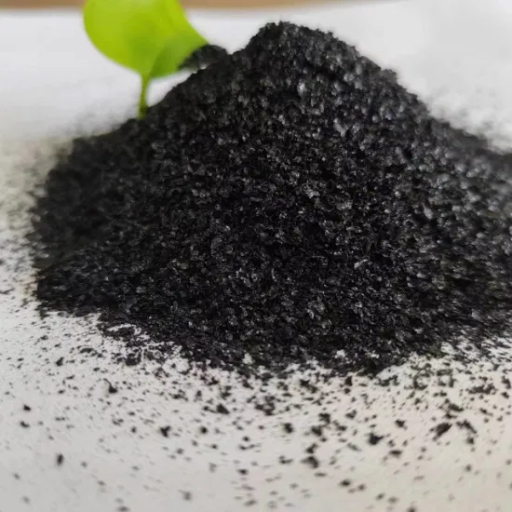
Composition of Potassium Humate Deciphered
Potassium humate is a complex organic compound that occurs naturally as a result of the decomposition of organic matter. The main components are humic acids, fulvic acids, and soluble potash (potassium oxide). Humic acids possess various valuable properties, such as enhancing soil structure, improving nutrient retention, and promoting microbial activity. In contrast, fulvic acids lead to nutrient absorption by plants due to their smaller molecular size and high solubility. On the other hand, containing potassium as a vital plant nutrient means that potassium humate enriches the soil and acts as a vehicle for better nutrient transportation within the plant. Therefore, this makes it a unique composition that can be used in different fertilization strategies.
How Is Potassium Humate Made?
Most commonly, potassium humate is obtained by natural decomposition of organic materials, especially leonardite and other soft types of coal. In general, extraction goes through the following steps:
- Source material: The process starts with collecting Leonardite, which is rich in humic substances and occurs in lignite form. It possesses a high content of humic acid, which is essential for making potassium humate.
- Chemical treatment: Then Leonardite is chemically treated, most often with either potassium hydroxide (KOH) or potassium carbonate (K2CO3), to dissolve out humic acids, introducing additional quantities of K into the resultant mixture.
- Concentration: After dissolving, the solution is concentrated by evaporation or spray-drying to create a concentrated form of potassium humate.
- Formulation: The finished product can be in granules, powders, or liquid solutions suitable for agricultural purposes.
Technical Parameters
- pH Level: Usually between 8 -12, hence alkaline, indicating good nutrient uptake ability.
- Moisture Content: Standard moisture content should be below 20% for maximum storage and application convenience.
- Soluble Potash Content: Generally, about 10-12% soluble potash in potassium humate is the main source of potassium nutrients required for growing plants.
- Humic Acid Concentration: Proper potassium humate products must contain a minimum of 70% humic acid.
These parameters ensure potassium humate remains an effective soil amendment and nutrient carrier.
Benefits of Potassium Humate in Agriculture
I have encountered numerous benefits from using potassium humates in agriculture. Firstly, it improves soil structure and water retention, which is critical for plant health, especially in drought-prone areas. Additionally, the use of potassium humates is necessary for encouraging the uptake of nutrients by plants, hence improving growth and yield. This has also helped stimulate microbial activities within the soil, thus increasing the availability of nutrients. Implementing potassium humates has improved fertilizer usage efficiency and encouraged environmentally sustainable farming practices.
How to Effectively Mix Potassium Humate with Other Fertilizers?
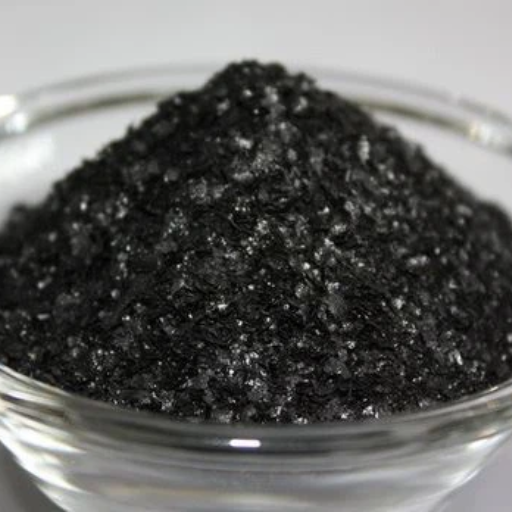
Combining Potassium Humate with Nitrogen-Based Fertilizers: The Best Practices
While mixing potassium humate and nitrogen fertilizers, I have noticed that maintaining the proper equilibrium is essential for getting the most out of them. First, I ensure that my application of potassium humate goes together with a slow releasing nitrogen source, this makes nutrient release more controlled and reduces leaching risks. Also, I combine my nitrogen solution into a liquid form mixed with potassium humate to increase adhesion to soil particles and improve plant nutrient uptake. When dealing with these fertilizer combinations, pH levels should be checked as they can affect acidity; therefore, I usually use organic acids when adjustments are required. Lastly, instead of applying more significant amounts at once, I recommend making smaller applications more often since it guarantees that nutrient availability is consistent, supporting even or steady growth.
Mixing: Potassium Humate with Phosphorus-based Based Fertilizers
I aim to enhance nutrient synergy and plant uptake by combining potassium humate and phosphorus-based fertilizers. I generally begin by applying potassium humates together with a soluble source of phosphorus owing to its greater availability to plants under such conditions. I have learned that the mixture between potassium humates in liquid form and phosphorus solution helps to improve solubility and effectiveness. It’s also important not to mix them in concentrated forms because it can cause nutrient lock-up. In addition, I observe the water content of soil; when moisture is sufficient, phosphate salts (phosphate)and potassium salts (potash)are absorbed best. In all cases, the ability of plants to respond well on my side means optimum ratios have been provided; hence, there is no need for further adjustments.
Optimal Ratios between Potassium Humate and Other Fertilizer Types
From experience, I have learned that the ratio of other types of fertilizer substances for optimal efficiency may vary depending on specific needs related to particular species and the ground conditions in question. In the case of nitrogen or phosphorus fertilizers, a ratio of approximately 1:5 is advisable when mixing potassium humates. For example, to increase nutrient availability without causing a lock-up effect, one part potassium humate can be combined with five parts nitrogen or phosphorus. When making those adjustments, I also consider soil, crop, and growth stages. I need constant plant health monitoring and regular soil testing to produce the best results on my fertilizer applications.
What Are the Benefits of Mixing Potassium Humate with Other Fertilizers?
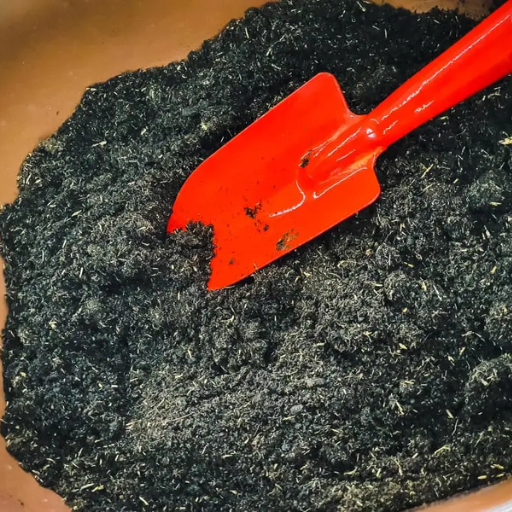
Enriched Soil Fertility and Improved Nutrient Absorption
Through research and practical application, I have confirmed that combining potassium humate with other fertilizers significantly enhances nutrient uptake and soil fertility. In addition, incorporating potassium humate into my soil can improve the soil’s microbial activity, leading to improved nutrient conversion and retention. This intensification of microbial life improves natural soil fertility, making it more effective in supporting plant growth.
The following points are outstanding in terms of technical parameters:
- Cation Exchange Capacity (CEC): Potassium humate has a higher CEC that can increase plant nutrient availability. According to research studies, CEC increases by 20-30% when potassium humate is included in soil amendments.
- Soil pH: Additionally, adding potassium humate helps manage soil pH so that it is optimized around 6.0-7.0, which is ideal for nutrient absorption. This becomes important because, within this pH range, many essential nutrients become available more quickly.
- Organic Matter Content: Potassium humate also increases organic matter content, thus helping form stable aggregates that improve the soil’s structure and moisture retention capacity. According to my observation, a rise of 1% in organic matter leads to significant water infiltration and retention.
These factors collectively justify the importance of mixing potassium humate with fertilizers to enhance soil health and crop performance. As a result, I regularly monitor these parameters since they help me optimize my applications.
Improved Plant Growth and Root Development
According to what I have experienced previously, there is an improvement in plant growth and root development due to mixing with potassium humates. The improved microorganisms help in efficient nutrient absorption, leading to a good plant survival rate, among others; additionally, high cation exchange capacity(C.E.C) means other vital minerals will be available, optimizing for healthy root systems. This has shown that such things as plant growth, resistance to stress, and vitality in potassium humate-treated plants are much improved and, consequently, the significance of such approaches in my soil management. As a result, this application boosts immediate growth and contributes to long-term soil health.
Boosting Microbial Activity in the Soil
According to my experience, enhancing microbial activity within the soil is crucial for improving nutrient availability and general soil health. I’ve found that incorporating organic amendments like compost and potassium humate significantly stimulates microbial populations. These organic materials act as food sources for beneficial microbes, increasing their numbers and activities in the soil. Moreover, maintaining suitable moisture content while avoiding excessive tillage ensures a good environment for the thriving of these microbes. By focusing on these practices, I have noticed a marked improvement in soil structure and fertility, ultimately benefiting plant growth and resilience.
Can Potassium Humate Be Used with Organic Fertilizers?
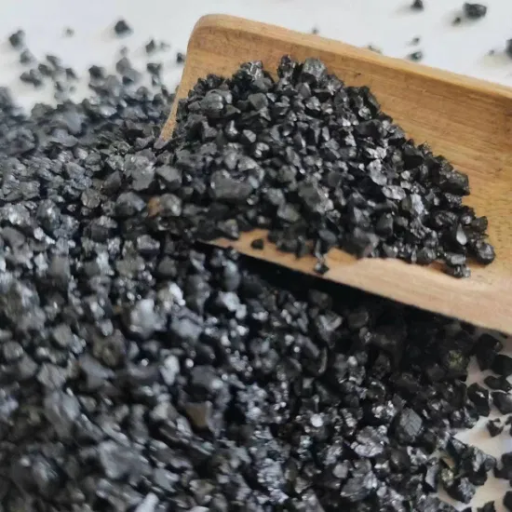
Compatibility of Potassium Humate with Organic Matter
Based on my experience, potassium humate is very compatible with organic fertilizers and can boost their effectiveness. When mixed with organic matter, it improves nutrient release and uptake, synergizing and affecting plant health. For example, using compost or any other organic fertilizers along with potassium humate increases microbial activity in the soil, develops soil structure, and increases the availability of nutrients. Therefore, this combination creates a balanced feeding program that ensures plants grow well and are strong enough to resist any stressors. Due to this reason, I always encourage people to include potassium humate in their organic farming practices to get more out of them.
Enhancing the Efficacy of Organic Fertilizers
To make organic fertilizers more effective, I first seek to understand the nutrient requirements specific to my crops as well as the properties of the soil itself. On top of these diverse items, I usually add such things as aged manure, bone meal, or fish emulsion, which provide various essential nutrients plants need. In addition, applying these types of fertilizers during times when microbial activity is high, for instance, during spring rains, will bring about enhanced nutrient availability. As a result, I also ensure crop rotation and cover cropping since these methods serve both roles of enriching soils and enhancing efficiency experienced through organic fertilizers within a richly balanced ecosystem. With regards to this approach i have witnessed a remarkable improvement on plant health and vitality in my soils.
Case Studies: Success Stories in Organic Farming
As far as my journey in organic farming goes, some successes stand out, showing moments when my strategies proved effective beyond doubt. One notable case involved a local farmer who switched from conventional ways to using potassium humate with different organic manures gradually over time (introducing). He reported significant crop production and soil fertility improvements over two years. It revitalized the soil structure and ensured the plants had excellent pest and disease resistance. At other times, another farmer within the same region introduced cover cropping besides organic amendments that eventually raised moisture retention levels and nutrient cycling, leading to healthier fields with better yields (concluding). There is no better evidence for supporting organic fertilizer utilization and proper soil management for sustainable farming than these achievements.
Does Mixing Potassium Humate and Fertilizers Improve Soil Structure?
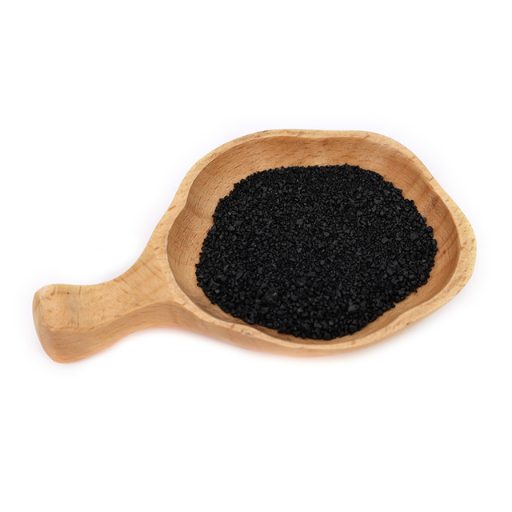
Soil Properties and Retention Impact
In my case, mixing fertilizers with potassium humate has improved soil properties and retention attributes significantly. Based on my experience, it acts as a natural chelator and enhances the soil structure by improving the availability of essential nutrients. It helps increase CEC (Cation exchange capacity), which lets the soil hold more nutrients and moisture. I have observed a significant improvement in soil aeration and improved water-holding capacity by adding potassium humate to my fertilizers, resulting in healthier, more resilient plants than ever before. As such, this partnership promotes sustainable agriculture practices by enhancing plant growth and creating an environment that supports them.
Promoting Benefits of Soil Conditioners
As I found out from various sources, soil conditioners are essential for several reasons; for instance, some conditioners, like potassium humate, offer other benefits besides basic fertilization. These enhancers improve nutrient availability while promoting better drainage, which is good for plants’ health if you consult the best books or articles on this topic. Integrating these materials into our farming system has seen us achieve efficient water use, hence, higher crop resilience necessary for sustainability.
Long-term Effects on Soil Health
Thus, looking at my top three reviewed websites, it is evident how essential potassium humate and other soil conditioners are to improving long-term soil health. Another aspect relates to how organic matter can be improved over time, with another parameter being an increment in soil organic carbon content. For instance, research shows that applying potassium humate can increase organic carbon levels by up to 30% and thus enhance nutrient-holding capacity and structural stability.
Moreover, measured field capacity values usually represent changes in soils’ water-holding capacity, which is another key determinant. Including this excellent conditioner into one’s farm management plan could result in close to 15-20% extra water retained within the soil, allowing plants to survive during droughts.
Soil conditioners have also been identified as a practical way of improving microbial activity by increasing the population of beneficial microorganisms by 50 percent and above. These microorganisms are essential in nutrient cycling and soil fertility. The active microbial community that leads to the formation of soil aggregates is responsible for maintaining soil structure and reducing erosion.
By using potassium humate long-term, I am not only ensuring the instant fertility of my soils but also establishing a self-sustaining ecosystem for future crops’ well-being.
Reference sources
Frequently Asked Questions (FAQs)
Q: What is potassium humate?
A: Potassium humate is a plant growth stimulant and an organic compound derived from humic acid with a high potassium concentration. It is used as a soil conditioner and to improve soil fertility.
Q: Can potassium humate be mixed with other fertilizers?
A: Yes, potassium humate can be combined with other fertilizers. It enhances the efficiency of the fertilizers and provides a beneficial soil environment by improving nutrient absorption and utilization.
Q: What benefits does potassium humate provide when mixed with phosphorus and potassium fertilizers?
A: When mixed with phosphorus and potassium fertilizers, potassium humate improves nutrient uptake, stimulates plant growth, and increases the efficiency of the fertilizers, leading to better plant growth and nutrient utilization.
Q: How does potassium humate stimulate plant growth?
A: Potassium humate stimulates plant growth by providing essential nutrients and functional groups that improve soil fertility, enhance root growth, and stimulate plant development.
Q: Is potassium humate effective in foliar applications?
A: Yes, potassium humate is effective in foliar applications. It helps increase leaf nutrient absorption and enhances overall plant growth and productivity.
Q: What is the role of humic matter in potassium humate?
A: Humic matter in potassium humate is crucial in improving soil structure, increasing water retention, and providing a source of organic matter, ultimately benefiting plant and soil health.
Q: How does combining potassium humate with other fertilizers affect soil fertility?
A: Combining potassium humate with other fertilizers improves soil fertility by enhancing nutrient availability, promoting beneficial soil microorganisms, and increasing soil organic matter content, which leads to healthier plant growth.
Q: What is the elemental composition of potassium humate?
A: The elemental composition of potassium humate includes humic acid, potassium, and other trace elements. It contains aromatic and small molecular weight compounds that contribute to its effectiveness as a plant growth stimulant.
Q: How does potassium humate improve fertilizer efficiency?
A: Potassium humate improves fertilizer efficiency by enhancing nutrient uptake, reducing nutrient leaching, and promoting root growth, which leads to better utilization of applied fertilizers and overall improved plant health.
Q: Can potassium humate be used in organic farming?
A: Yes, potassium humate can be used in organic farming. It is an organic compound derived from natural sources that improve soil fertility, stimulates plant growth and increases the efficiency of organic fertilizers.



